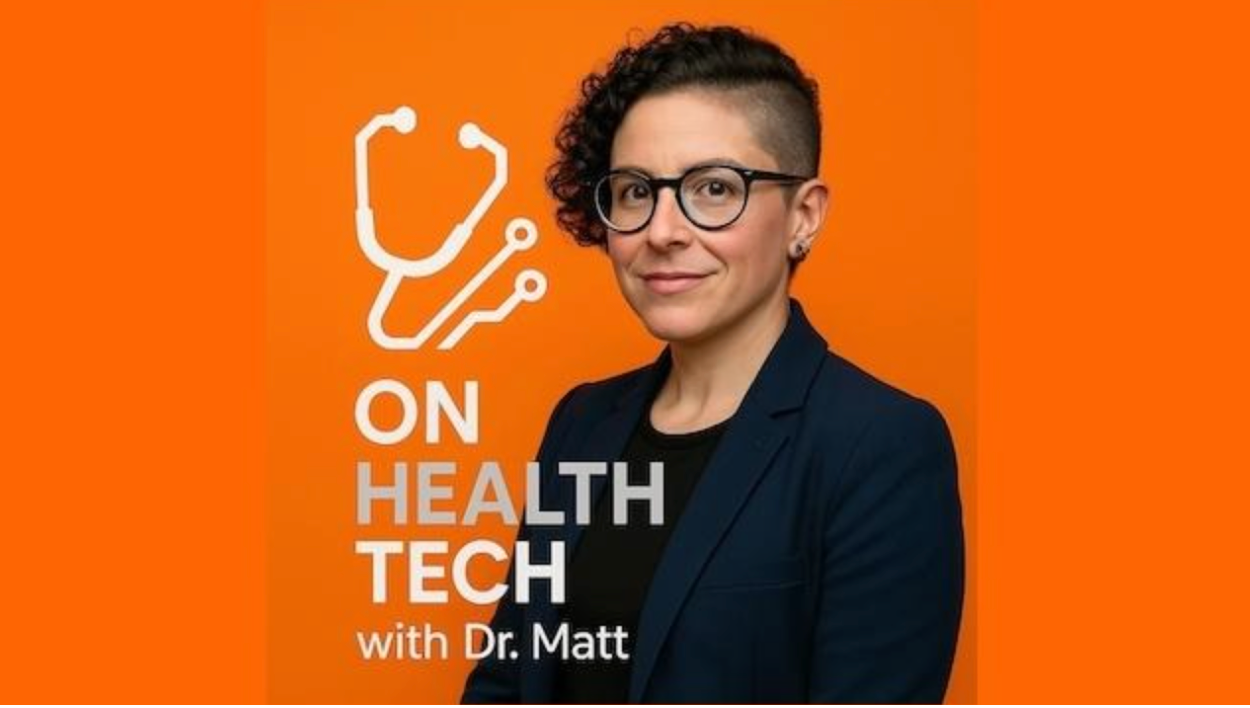The $10,000 App: Cracking the Code on Reimbursement for Digital Therapeutics
Imagine your doctor concludes your visit not just with a prescription for a pill, but also one for a specialized app to manage your diabetes, improve your sleep, or even treat your child’s ADHD. This isn't science fiction. It’s the reality of Digital Therapeutics (DTx), a new class of medicine delivered through software.
We have incredible technology that can provide cognitive behavioral therapy through a smartphone or guide a patient through addiction recovery. The biggest challenge isn’t inventing these tools, but rather figuring out the billion-dollar question: Who actually pays for them?
Today, we're breaking down the complex world of DTx reimbursement, the key that will unlock the future of digital medicine for everyone.
First, What Exactly is a "Prescription App"?
It’s crucial to distinguish DTx from the thousands of general wellness apps on your phone. Unlike a calorie counter or a meditation guide, a true digital therapeutic must:
- Be rooted in evidence-based medicine and proven effective in rigorous clinical trials.
- Receive oversight and often clearance or approval from regulatory bodies like the FDA.
- Be prescribed by a licensed clinician to treat, manage, or prevent a specific disease or disorder.
These are medical interventions, not just lifestyle tools. For an excellent overview, you can check out the work of the Digital Therapeutics Alliance, which sets industry standards. The cautionary tale of pioneers like Pear Therapeutics, which developed FDA-authorized DTx for addiction but ultimately struggled with inconsistent payment, highlights just how critical solving the reimbursement puzzle is.
The Three Paths to Payment
So, how does a prescription app go from a doctor's recommendation to a paid claim? Currently, there are three main pathways, each with its own set of challenges.
1. The Pharmacy Benefit (The "Pill" Pathway) This is the holy grail. The DTx is assigned a National Drug Code (NDC), just like a traditional medication. A doctor sends the prescription to a pharmacy, and a pharmacy benefit manager (PBM) like Express Scripts or CVS Caremark processes the claim.
- Why it's great: It seamlessly integrates into the existing workflow for doctors and patients. There’s no new process to learn.
- Why it's hard: This path is complex and expensive. Convincing PBMs to add a digital product to their formulary requires a mountain of clinical and economic data proving its value is comparable to, or better than, existing drugs. For more on this, see recent policy discussions on how PBMs are approaching DTx.
2. The Medical Benefit (The "Device" Pathway) In this model, the DTx is treated more like a medical device or service. Clinicians use specific medical billing codes (like HCPCS codes) to bill insurers for the product.
- Why it's great: It offers flexibility and has been a successful route for remote patient monitoring tools and other digital health services.
- Why it's hard: It’s often a clunky, claim-by-claim process that many doctors' offices aren't set up to handle efficiently. The establishment of new codes by CMS is a step forward, but navigating medical coding for digital health can still be a significant administrative burden.
3. Employer & Health System Contracts (The "Enterprise" Pathway) Frustrated by the slow pace of traditional insurance, many DTx companies have pivoted. They sell their products directly to large, self-insured employers or entire hospital systems as a health benefit for their employees or members.
- Why it's great: It's a much faster way to get a product to market and generate revenue. Companies like Teladoc and Microsoft have partnered to integrate digital health solutions directly into workplace platforms.
- Why it's hard: This B2B approach creates a patchwork of access. It only serves people who work for specific large companies, leaving out Medicare patients, small business employees, and the unemployed.
A Challenge for All of Us
The path to clear and consistent payment for digital medicine is still being paved. This isn't just a problem for tech companies to solve; it's a conversation for clinicians, employers, and patients. As this technology becomes more integrated into standard care, our reimbursement structures will have to evolve with it.
If you're a founder in this space, start your reimbursement planning NOW (yesterday would have been better!). This can be what makes or breaks your company.
Now I want to hear from you. As a patient, provider, builder, or leader, what's your take on prescription software? Comment and let me know your thoughts.
Until next time, #StayCrispy,
Dr. Matt




